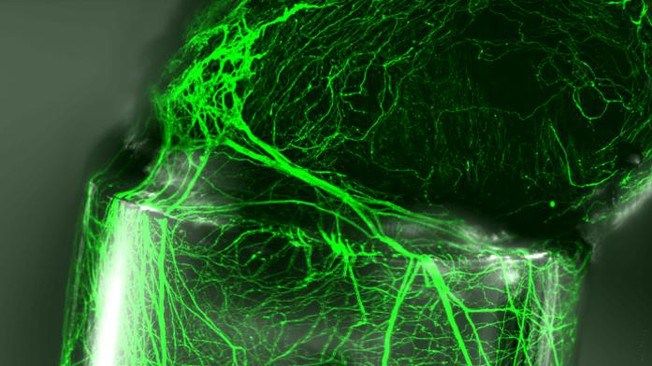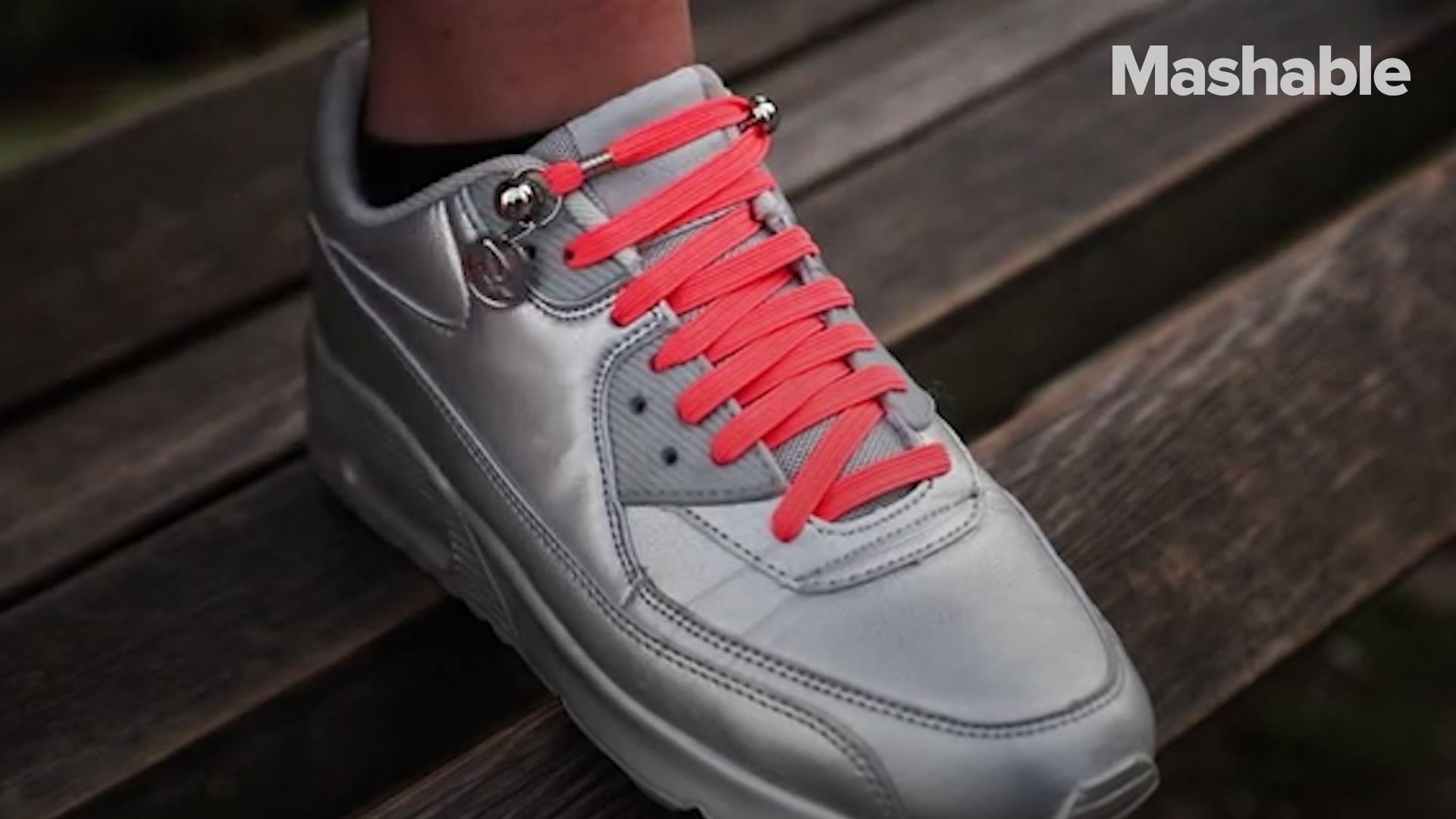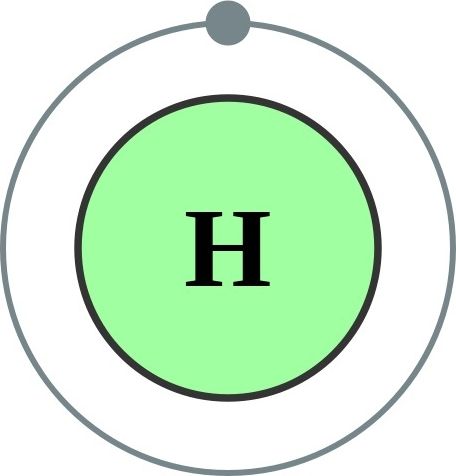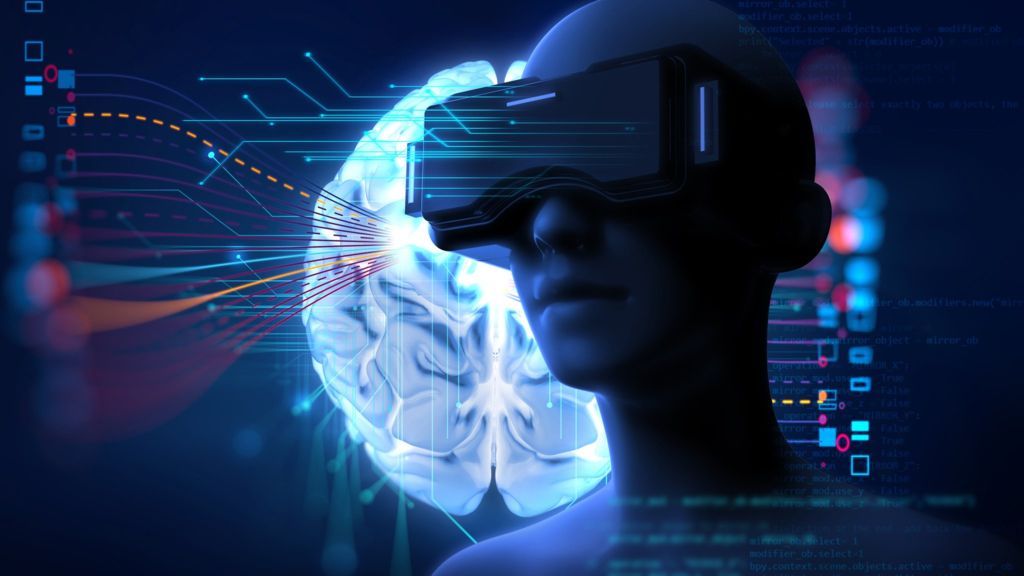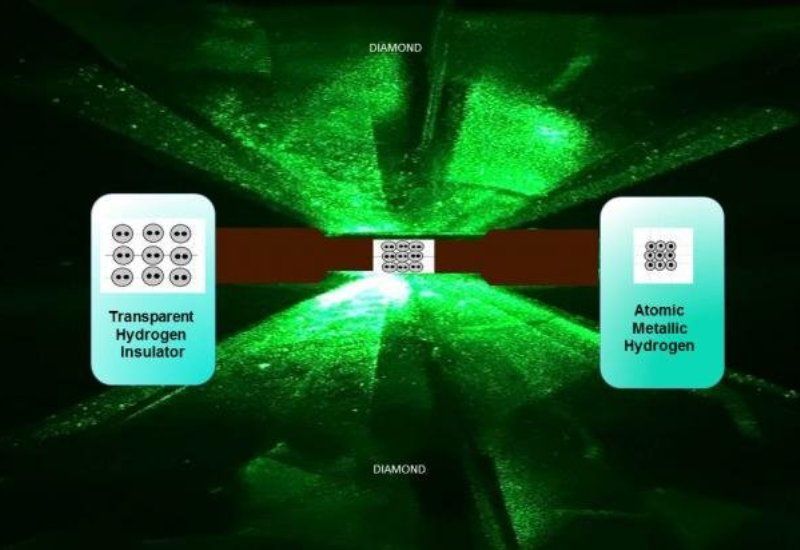Jan 28, 2017
Forever Young? There’s Officially An Anti-Aging Pill For Dogs
Posted by Shane Hinshaw in categories: biotech/medical, life extension
In Brief:
- A drug seems to be showing signs of reversing the effects of aging in dogs and mice. Studies are being conducted on the effectiveness in humans.
- The drug has some major side effects linked to it and there is no guarantee it will be as effective in humans.
Aging is a spectre we all must face one day…but is this the way that it will always be? Medical researchers hope to delay or even reverse the onset of aging, and some are already claiming that they’ve made inroads to immortality.

